 2004 Toyota Harrier II (XU30) Dimensions, Size & Specs
2004 Toyota Harrier II (XU30) Dimensions, Size & SpecsMeasurements of the 2004 Toyota Harrier II, engineered for optimal performance and comfort
| Dimensions | |
|---|---|
| Length: | 4730-4775 mm186.2-188.0 in15.5-15.7 ft |
| Width: | 1845 mm72.6 in6.1 ft |
| Height: | 1680-1690 mm66.1-66.5 in5.5-5.5 ft |
| Ground Clearance: | 180-190 mm7.1-7.5 in0.6-0.6 ft |
| Trunk Capacity: | 440 liter15.5 cu ft |
| Trunk Capacity (Max): | 2130 liter75.2 cu ft |
| Weight Specifications | |
| Curb Weight: | 1600-1930 kg3527-4255 lbs |
| Maximal permitted Weight: | 2380-2505 kg5247-5523 lbs |
| Tire Specifications | |
| Rims Sizes: | Other Rims:
|
| Tire Size: |
|
The Toyota Harrier II (XU30), produced between 2003 and 2013 and available as a 2004 model year SUV, is a mid-size crossover that combines elegant design with versatile utility. Measuring between 4730 mm and 4775 mm (186.2 to 187.8 inches) in length and 1845 mm (72.6 inches) in width, it offers a spacious footprint while maintaining maneuverability suitable for urban and highway driving. Its height ranges from 1680 mm to 1690 mm (66.1 to 66.5 inches), providing a commanding yet comfortable driving position typical of SUVs. The vehicle's curb weight varies between 1600 kg and 1930 kg (3,527 to 4,255 lbs), reflecting different trim configurations and optional equipment, with a maximum weight capacity ranging from 2380 kg to 2505 kg (5,249 to 5,522 lbs), emphasizing its capability to handle passengers and cargo.
Discover the standout features that make the 2004 Toyota Harrier II a leader in its class
Have a question? Please check our knowledgebase first.
The Toyota Harrier II (XU30) from 2004 has a length ranging between 4730 mm to 4775 mm (186.2 to 187.8 inches), offering a balanced footprint suitable for a mid-size SUV. Its width is 1845 mm (72.6 inches), providing ample cabin space and road presence without becoming overly bulky. The height varies slightly between 1680 mm and 1690 mm (66.1 to 66.5 inches), which contributes to a comfortable headroom and a commanding driving position. These dimensions position the Harrier II as a versatile SUV that blends interior spaciousness with manageable exterior size.
The curb weight of the Harrier II (XU30) ranges from approximately 1600 kg to 1930 kg (3527 to 4254 lbs), depending on the trim level and added equipment. This variation is typical for SUVs equipped with different engine options, features, and drivetrain configurations. Heavier trims potentially include all-wheel drive systems and luxury amenities, contributing to the upper weight range. The weight variations affect handling, fuel consumption, and ride dynamics, but the vehicle remains well-balanced for its class, offering good stability and ride comfort.
The maximum weight or gross vehicle weight rating (GVWR) for the Toyota Harrier II (XU30) lies between 2380 kg and 2505 kg (5249 to 5524 lbs). This figure represents the total allowable weight of the vehicle, including its own curb weight plus passengers, cargo, and any additional equipment. It reflects the Harrier II's capability to safely carry a full load without compromising safety or performance, making it suitable for family use, outdoor activities, or urban driving where capacity and flexibility are valued.
The Harrier II (XU30) offers a luggage capacity of 440 liters (15.5 cubic feet) with the rear seats in place, which is adequate for everyday needs like grocery runs or small trips. When the rear seats are folded down, the luggage space dramatically increases to 2130 liters (75.2 cubic feet), making it highly versatile for transporting larger cargo, bulky items, or luggage for extended trips. This adaptability enhances the vehicle’s utility for families and outdoor enthusiasts looking for flexible storage.
The ride height or ground clearance of the Toyota Harrier II ranges from 180 mm to 190 mm (7.1 to 7.5 inches). This moderate ground clearance allows the vehicle to handle uneven roads, mild off-road situations, and urban obstacles such as speed bumps or curbs with confidence. Although not designed as a hardcore off-roader, the Harrier II's clearance strikes a good balance between stability, on-road handling, and light off-road capability, making it suitable for suburban and semi-rural environments.
Yes, the Toyota Harrier II (XU30) generally fits comfortably in a standard residential garage. Typical garages are about 2400 mm (94.5 inches) wide and 4800 to 5400 mm (189 to 213 inches) deep, which accommodates the Harrier II’s length of up to 4775 mm (187.8 inches) and width of 1845 mm (72.6 inches). Its height, being under 1700 mm (66.9 inches), is also well within typical garage door clearance limits. This makes the Harrier II a practical option for many households with enclosed parking.
Compared to its predecessor, the Toyota Harrier XU10 (produced from 1997 to 2003), the Harrier II (XU30) exhibits a slight increase in size, particularly in length and width. While the XU10 was slightly shorter, the XU30’s dimensions of 4730-4775 mm length and 1845 mm width reflect a trend towards a more spacious interior and increased road presence. The increase in height and ground clearance also enhances the SUV nature of the vehicle, improving comfort and utility. Overall, this generation shift brought a modernized, more refined, and larger vehicle that better meets market demands for mid-size SUVs.
When compared to similar mid-size SUVs from the early to mid-2000s, such as the Lexus RX or Honda CR-V, the Toyota Harrier II (XU30) holds its own in size and practicality. It tends to be slightly longer and wider than the Honda CR-V but falls within similar ranges as the Lexus RX, which shares underlying platforms with the Harrier. Its luggage space and ground clearance provide competitive utility. The Harrier’s dimensions present a balanced SUV size that combines city-friendly dimensions with sufficient room and highway stability, fitting well within the segment norms of that period.
The Toyota Harrier II (XU30) comes equipped with rims sized 6.5 J x 17 ET35, paired typically with 225/65 R17 tires. These rim and tire dimensions are chosen to optimize ride comfort, handling, and road grip. The 17-inch wheels are large enough to provide stable, responsive handling without sacrificing too much cushioning over rough surfaces. The tire width and sidewall height contribute to absorbing shocks and ensuring a smooth ride, ideal for an SUV designed for mixed urban and light off-road use.
During its production run from 2003 to 2013, the Toyota Harrier II (XU30) became popular for blending luxury, comfort, and versatility in the SUV segment. Key features included a well-appointed interior, advanced safety options for its time, and a reliable powertrain. It was appreciated for its smooth ride, strong build quality, and a roomy cabin that comfortably accommodated families or professionals seeking a premium SUV experience. The model’s balanced dimensions and ride height allowed it to perform effectively both in city environments and on moderately rough roads, making it a well-rounded choice.
Discover similar sized cars.
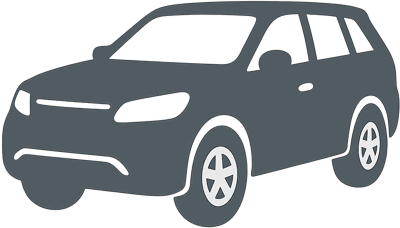
| Production: | 2022-present |
|---|---|
| Model Year: | 2022 |
| Length: | 4769 mm187.8 in |
| Width: | 1859 mm73.2 in |
| Height: | 1698 mm66.9 in |
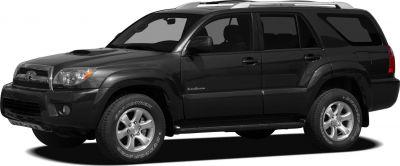
| Production: | 2005-2009 |
|---|---|
| Model Year: | 2006 |
| Length: | 4805 mm189.2 in |
| Width: | 1910 mm75.2 in |
| Height: | 1760 mm69.3 in |
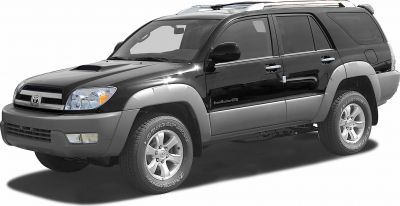
| Production: | 2002-2005 |
|---|---|
| Model Year: | 2003 |
| Length: | 4800 mm189.0 in |
| Width: | 1875 mm73.8 in |
| Height: | 1755 mm69.1 in |
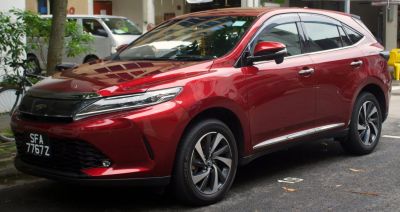
| Production: | 2017-2020 |
|---|---|
| Model Year: | 2017 |
| Length: | 4725 mm186.0 in |
| Width: | 1835 mm72.2 in |
| Height: | 1690 mm66.5 in |

| Production: | 2007-2013 |
|---|---|
| Model Year: | 2008 |
| Length: | 4785 mm188.4 in |
| Width: | 1910 mm75.2 in |
| Height: | 1760 mm69.3 in |
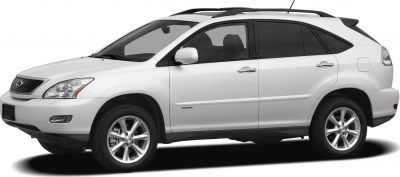
| Production: | 2003-2009 |
|---|---|
| Model Year: | 2004 |
| Length: | 4729-4760 mm186.2-187.4 in |
| Width: | 1845 mm72.6 in |
| Height: | 1679-1705 mm66.1-67.1 in |
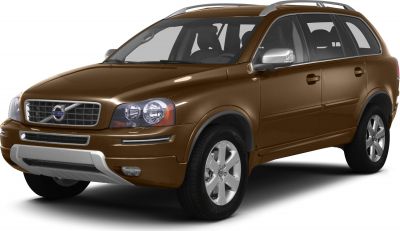
| Production: | 2007-2014 |
|---|---|
| Model Year: | 2007 |
| Length: | 4798-4807 mm188.9-189.3 in |
| Width: | 1898-1936 mm74.7-76.2 in |
| Height: | 1743-1784 mm68.6-70.2 in |
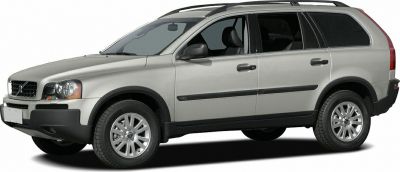
| Production: | 2002-2006 |
|---|---|
| Model Year: | 2003 |
| Length: | 4800-4807 mm189.0-189.3 in |
| Width: | 1890-1936 mm74.4-76.2 in |
| Height: | 1740-1784 mm68.5-70.2 in |
